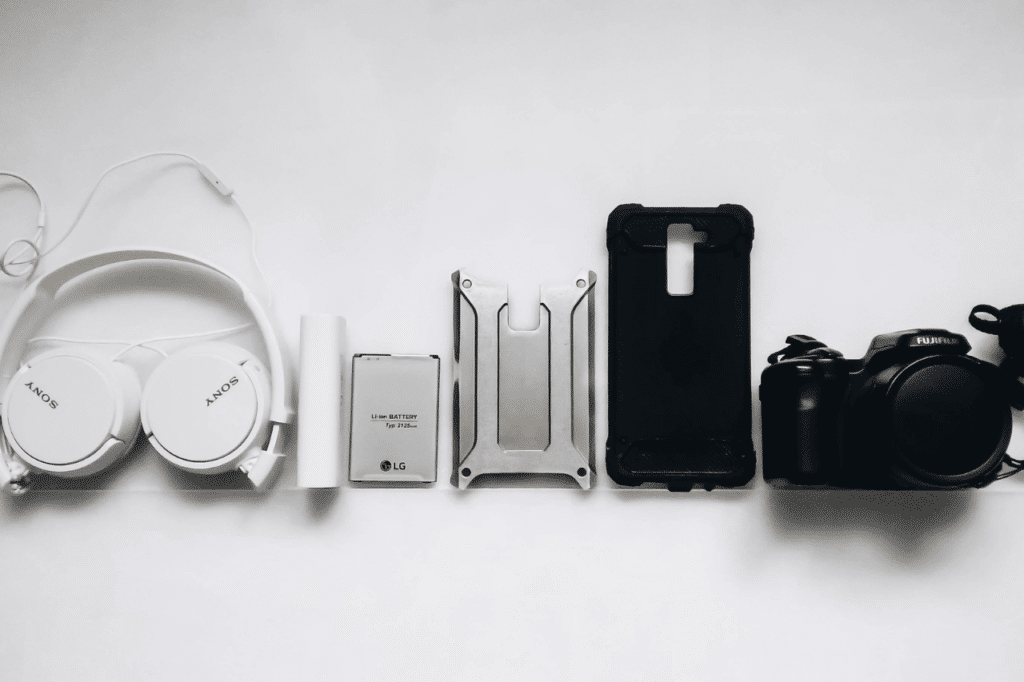The shelf life of products is the period of time in which it is considered valid, according to its design or specifications, to perform its function in a safe and effective manner.
It should be noted that the useful life of a product varies depending on the product, its quality or even its own maintenance.
Thus, products have an expiration date or a recommendation for safe use from the manufacturer. For this, it is necessary to have carried out a series of analyses to measure its performance during the development of the product.
Find out in this post what is the shelf life of a product, how to define its date to estimate its shelf life, how they are classified and what are shelf life studies.
Shelf life in food, what is it?
As far as food products are concerned, the concept of shelf life of a food is worth mentioning :
The shelf life of a food is the lapse between production and packaging and labeling until the food loses its organoleptic properties.
In other words, it is the time in which the food is fit for consumption and this is marked with the expiration date or the best-before date. When establishing the shelf life of food, it is necessary to take into account both internal and external factors that may affect its characteristics: the manufacturing process, agents such as bacteria or viruses, oxidation, etc.
Who defines the shelf life of a product?
The shelf life of a product is defined by the manufacturer. The manufacturer is responsible for carrying out the necessary tests to determine this time of consumption or safe use. In addition, countries’ own legislation may set this date, although this is not always the case.
How are products classified according to their shelf life?
Now that we know what the shelf life of a product is, can you answer how they are classified? In this sense, we find different types that vary according to the estimated time until their expiration date or time of safe use.
- Perishable products: This first section refers to those products that have a short shelf life. This is the case of a personal care product, for example.
- Non-perishable products: These are the most durable products and, therefore, their recommendation for safe use as well as their shelf life is longer.
- Consumer products: These are products that are used frequently and therefore have a short shelf life, although this will depend on the type of product and its quality.
In the case of food shelf life, these products are also divided into 3 typologies: highly perishable, perishable and stable. Food safety, nutritional qualities and organoleptic conditions are the variables measured.
How is the shelf life of a product estimated?
To measure the shelf life of products, it is necessary to study how they behave under certain environmental conditions, ranging from the usual environment in which they will normally interact, to exceptional atmospheric situations related to extreme circumstances of temperature, humidity or contamination.
Depending on the mechanisms and methods used to test materials and the variables that are measured to discover the useful life time of a product, we can find the following types of studies or tests of the useful life of products:
Physical life tests.
They are responsible for evaluating the changes that occur in materials as a result of their exposure to physical phenomena such as heat, cold, electricity or light.
Chemical life tests
They study the development of chemical processes such as oxidation or corrosion when substances are subjected to various conditions of environmental contamination or humidity.
Mechanical life testing
These tests analyze properties such as resistance, hardness, flexibility or resilience of materials by treating them with different types of mechanical forces. We highlight destructive and non-destructive tests.
Product service life studies, what are they and when are they performed?
Consequently, tests or studies on the useful life of materials are an essential procedure to guarantee the highest quality in industrial products. It is very important to carry them out correctly in order to obtain the best results.
Product life studies are tests that serve to estimate the durability of materials under suitable conditions. This type of tests are very important in the different business sectors to guarantee the viability and quality of the objects that go to the market or are incorporated into the production chain.
In this way, shelf life studies provide precise information on the time periods in which a product can retain its structural and functional properties intact for each of the spaces in which it must operate, thus contributing to:
- Predict the evolution of substances over time.
- Prevent failures and breakdowns in products and machinery.
- Reduce maintenance costs and increase productivity.
- Optimize the design, prototyping and manufacture of new materials.
- Improve the image of companies in the eyes of their customers and society as a whole.
And as for when, it should be noted that service life studies or tests must be applied whenever materials are to be characterized on the basis of their morphological and functional properties, classifying them according to their performance. This makes it possible to design and innovate in materials, to choose and validate the best components for production processes, as well as to adjust to the operating, safety and quality requirements previously established by legal standards and market demands.
These experiments are used to estimate the useful life time of a wide variety of products, including mechanical parts of electronic devices and industrial machinery, different elements of electrical, hydraulic and cooling systems, software programs for computer equipment or components of cars, airplanes, ships and other transportation systems.
Shelf-life studies are also essential in civil engineering and in the construction of buildings and infrastructures to calculate the durability of substances such as concrete, as well as in the food industry to measure the time in which food, beverages and their packaging remain fit for consumption, thus determining the best-before and best-before dates.
But how can a shelf life study of a product be carried out?
To answer the question of how to conduct a shelf-life study, the following steps are roughly carried out:
- Identify the objective of the test or study and select the products: In other words, gather all the information required to know the shelf life of a product. And, from there, establish specific objectives. These vary depending on the composition, production and sample size selected.
- Experimental design: Or the design of a product shelf life study. A fundamental part, since the steps to be followed during the study are planned.
- Defining the variables of the shelf-life study: In the case of measuring the shelf-life of food, in food safety, variables such as humidity, temperature, storage time… Thus, if the shelf-life study of a food such as milk is carried out, defining specific parameters that affect the quality of the product.
- Analysis of the samples and interpretation: Finally, the samples are analyzed and data are obtained as a result of the study. The results are then interpreted to establish the shelf life of a product and apply it to the market.
If you want to implement studies of the useful life of your company’s products, Infinitia Industria Consulting can help you. In our Forensic Engineering service, we perform shelf life tests of your products to have everything under control.

